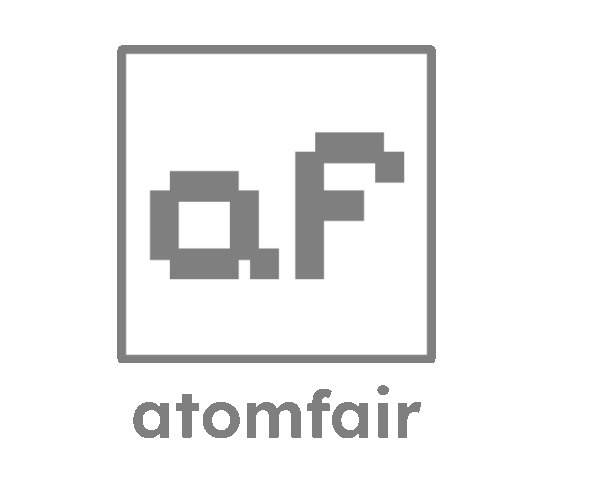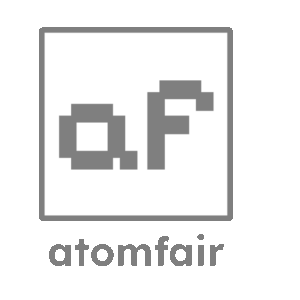Your cart is currently empty!

MIL-101(Al) Aluminum MOF Powder CAS: 1404201-64-4 | Ultra-Stable Mesoporous Material | KAR-F40
Due to its low toxicity, low density, and high stability, MIL-101(Al) has been widely applied across multiple domains. Featuring large mesoporous cavities and high surface area, this material has been extensively studied for adsorbing and encapsulating diverse chemical substances – even large biomolecules like proteins – making it applicable in various fields including catalysis, targeted pollutant adsorption/removal, and drug delivery systems.
Description
Key Properties & Advantages
MIL-101(Al)’s performance stems from its aluminum-based structure and engineered porosity:
Low Toxicity & Biocompatibility: Aluminum’s inherent low toxicity (compared to heavy metals like Cr or Fe) makes it suitable for biomedical applications, including drug delivery and protein encapsulation, where biocompatibility is critical.
Exceptional Stability: Maintains structural integrity in aqueous solutions (pH 3–11), organic solvents, and moderate temperatures (up to 300°C), ensuring durability in both biological and industrial environments.
Large Mesoporous Cavities: Features spacious cavities (~2.9 nm and ~3.4 nm) and a hierarchical pore network, enabling adsorption and encapsulation of large molecules—including proteins, enzymes, and therapeutic agents— MOF
High Surface Area: Typically exhibits a BET surface area of 1500–2500 m²/g, providing abundant active sites for adsorption, catalytic reactions, and functionalization.
Low Density: Lightweight structure facilitates easy integration into composite materials (e.g., membranes, hydrogels) without compromising mechanical performance.
Core Applications
Catalysis
MIL-101(Al)’s porous structure and aluminum-based active sites make it an ideal catalyst or catalyst support:
Heterogeneous Catalysis: Aluminum clusters act as Lewis acid sites, promoting reactions like esterification, alkylation, and CO₂ fixation with high selectivity.
Enzyme Immobilization: Its large cavities can encapsulate enzymes (e.g., lipases, proteases), stabilizing them for biocatalytic reactions while enabling recyclability—critical for sustainable industrial processes.
Targeted Pollutant Adsorption & Removal
Its high surface area and mesoporous cavities enable efficient capture of diverse contaminants:
Organic Pollutant Removal: Adsorbs large organic molecules (e.g., dyes, pesticides, pharmaceuticals) from water via pore confinement and hydrophobic interactions, achieving high removal efficiencies even at low concentrations.
Heavy Metal Ion Capture: Aluminum sites chelate with toxic metal ions (e.g., Pb²⁺, Cd²⁺) via electrostatic interactions, supporting wastewater purification in environmental remediation.
Drug Delivery Systems
MIL-101(Al)’s biocompatibility and large pores position it as a promising platform for controlled drug release:
Protein & Biomolecule Encapsulation: Spacious cavities can encapsulate large biomolecules (e.g., antibodies, growth factors) and therapeutic proteins, protecting them from degradation while enabling targeted delivery.
Controlled Drug Release: Tunable porosity and surface chemistry allow for pH-responsive or stimuli-triggered release of encapsulated drugs (e.g., anticancer agents), improving therapeutic efficacy and reducing side effects.
Technical Specifications
Parameter Details
Chemical Composition Aluminum(III) clusters linked by terephthalate ligands (Al₃O(OH)(bdc)₃, where bdc = 1,4-benzenedicarboxylate)
Appearance White to off-white crystalline powder
BET Surface Area 1500–2500 m²/g
Pore Size Large mesoporous cavities (~2.9 nm and ~3.4 nm)
Thermal Stability Up to 300°C (inert atmosphere)
pH Stability 3–11 (aqueous solutions)
Toxicity Low; biocompatible for biomedical applications
Quality Assurance
MIL-101(Al) undergoes rigorous testing to ensure consistency:
X-ray diffraction (XRD) confirms structural integrity and phase purity.
Nitrogen adsorption-desorption analysis verifies surface area and pore size distribution.
Stability testing in aqueous and organic environments ensures performance reliability.
Biocompatibility assessments (for biomedical grades) confirm low cytotoxicity.
A certificate of analysis (CoA) is provided with each order, documenting batch-specific properties.
Packaging & Storage
Available in 1g, 5g, 10g, and bulk quantities, packaged in airtight, moisture-resistant containers to preserve porosity. Store at room temperature in a dry environment. Shelf life is ≥12 months under proper storage conditions.
Why Choose MIL-101(Al)?
MIL-101(Al) bridges porous functionality and biocompatibility, making it indispensable for:
Catalysis and enzyme immobilization (industrial scale).
Targeted pollutant removal from water and air.
Drug delivery and biomolecule encapsulation (biomedical research).
Its low toxicity, stability, and large pores make it a versatile choice for applications where both performance and safety are critical.
Contact our technical team for bulk pricing, custom functionalization, or application-specific data.
For research and industrial use. Biomedical applications require further biocompatibility validation.
Related products
-
Al-FUM Metal-Organic Framework Powder (CAS 1370461-06-5) – High-Capacity Adsorbent for Industrial Applications
-
Atomfair MXene
-
CALF-20 Metal-Organic Framework Powder (CAS 2589928-73-2) – High-Capacity CO₂ Capture Material
-
CAU-23 (KAR-F38) Metal-Organic Framework Powder | CAS 2050042-88-9 | for Gas Separation & Catalysis
-
DUT-67 (KAR-F36) High-Stability MOF Powder | For Catalysis & Molecular Sieving
